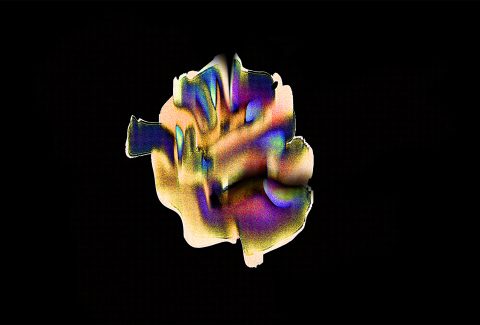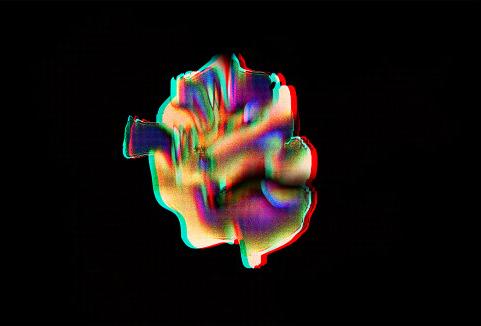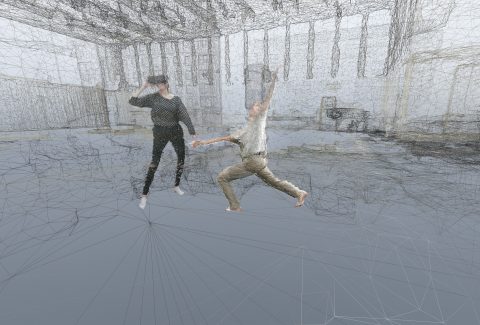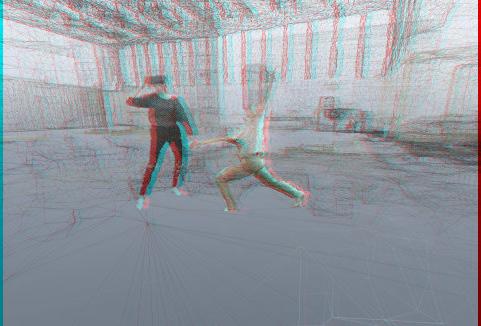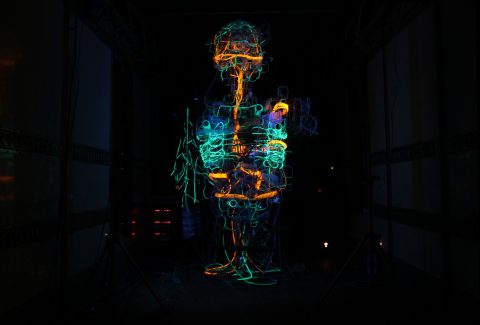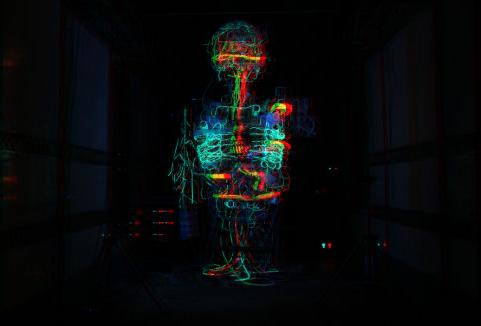Reviving the Drachma is a fictional proposal to bring back the Drachma, one of the world’s oldest yet obsolete, and effectively dead national currency of Greece. This time, rather than returning as a form of cash, the Drachma takes on a different role. Bacteria living on the surface of the old banknote is harvested and genetically-modified, to act as a living sensor of the Greek economy. It responds to the rise and the fall of the national stock market, the Athens General Index. At a brink of its crash, the bacteria glows brightly to warn of the impending crisis. And when the crash occurs, they release enzymes that are able to degrade the cotton fibres of the banknote, effectively destroying the currency. The result is an ‘economy-friendly’ bacteria: Originating from the banknote that have been touched by hands of members of Greek society, and now acting as beacons of Greek economic health, narrating its fortunes and tragedies through a cycle of growth and self destruction.
REVIVING THE DRACHMA
THU-SUN / 10:00-00:00
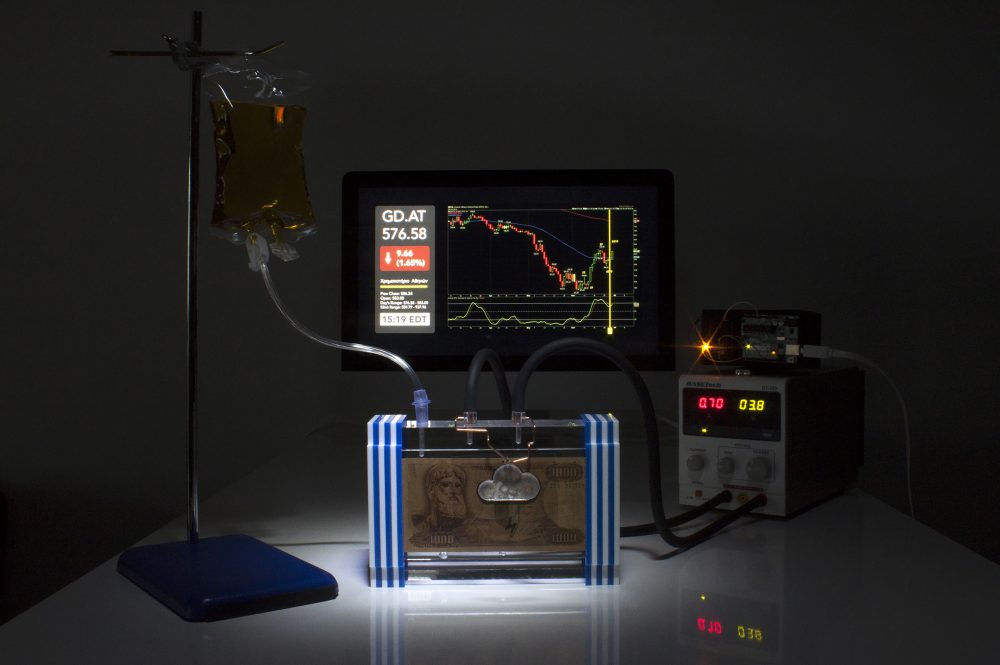
Raphael Kim (GB)
A former professional biologist, Raphael Kim is a so-called ‘biohacker-designer’, who uses molecular biology as design material, process and narrative outcomes. A graduate and a former visiting lecturer from Design Interactions at the Royal College of Art, and currently undertaking PhD at Media and Arts Technology, Queen Mary, University of London. His interests lie in the social and cultural implications of biotechnology, narrated through speculation and hands-on experimentation. Recent projects focusing on future roles of microbes in finance were exhibited at several venues, including at the V&A museum (UK) and the Z33 (Belgium). They were also featured in William Myers’ publication ‘Bioart: Altered Realities (2015)’, and formed the winning entry for 2015 Future of Money Design competition, sponsored by Consult Hyperion.




